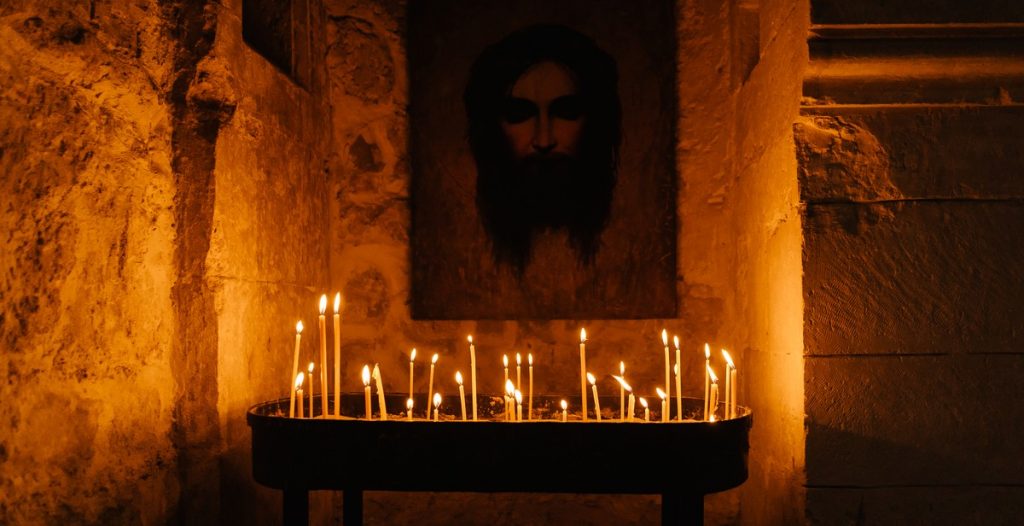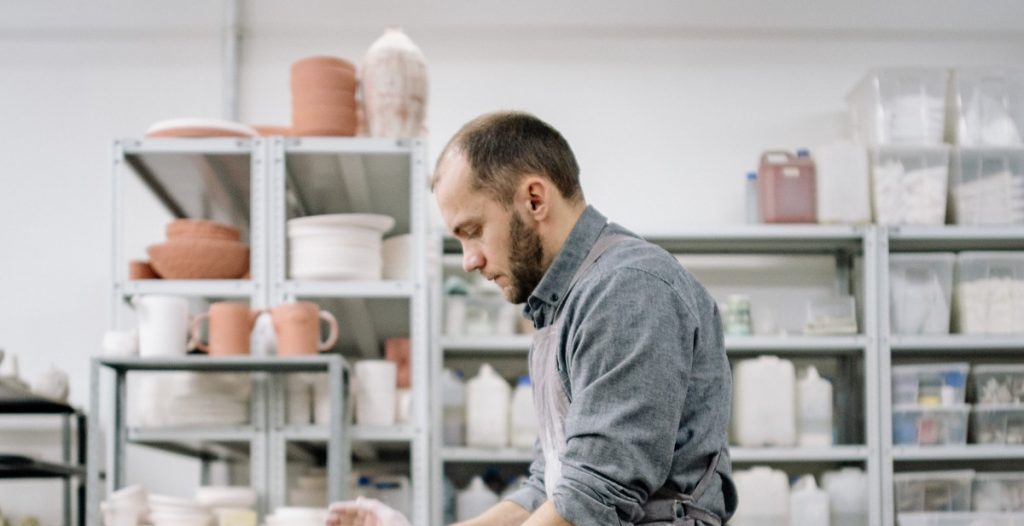The Rise of Candle-Making as a Profitable Industry in the Middle Ages
Candles have been an essential part of human life for centuries, serving as a source of light, heat, and even religious symbolism. However, it wasn’t until the Middle Ages that candle-making became a profitable industry. The rise of candle-making during this period was a result of several factors, including the need for reliable and affordable lighting, the availability of raw materials, and the emergence of trade guilds.
The Need for Reliable and Affordable Lighting
In the Middle Ages, candles were the primary source of light for most people, especially those living in rural areas. The use of candles was also prevalent in churches, monasteries, and other religious institutions. However, candles were expensive and often of poor quality, making them inaccessible to many people. This created a demand for reliable and affordable candles, which led to the growth of the candle-making industry.
The Availability of Raw Materials
The Middle Ages saw an increase in the availability of raw materials such as beeswax and tallow, which were used to make candles. Beeswax was the preferred material for making candles, but it was expensive and only available in limited quantities. Tallow, on the other hand, was abundant and affordable, making it a popular alternative for candle-making.
The Emergence of Trade Guilds
The Middle Ages also saw the emergence of trade guilds, which were associations of craftsmen and merchants who controlled the production and sale of goods. The candle-making industry was no exception, and guilds were formed to regulate the quality of candles and ensure fair pricing. These guilds played a significant role in the growth of the candle-making industry, as they provided a platform for craftsmen to share knowledge and improve their skills.
In conclusion, the rise of candle-making as a profitable industry in the Middle Ages was driven by the need for reliable and affordable lighting, the availability of raw materials, and the emergence of trade guilds. The candle-making industry continues to thrive today, with candles serving not only as a source of light but also as a popular decorative item.
The History of Candle-Making
Candle-making is an ancient art that has been around for thousands of years. The earliest known candles were made from whale fat in China during the Qin Dynasty (221-206 BC). These early candles were used for illumination and also as a source of heat in cooking.
As the centuries passed, candle-making techniques evolved and new materials were used to produce candles. Beeswax candles were popular in ancient Egypt and Greece, while tallow candles made from animal fat were commonly used in Europe during the Middle Ages.
Candle-Making in the Middle Ages
During the Middle Ages, candle-making became a profitable industry in Europe. The Church was a major customer, using candles in religious ceremonies and for lighting. The wealthy also used candles for lighting, while the poor used them for cooking and heating.
Candle-making was a labor-intensive process in the Middle Ages. Tallow candles were made by boiling animal fat and pouring it into molds. The wick was then inserted and the candle was left to cool and harden. Beeswax candles were made using a similar process, but the wax had to be melted first.
During this time, candle-making was a skilled trade and candle-makers were highly respected. They were organized into guilds, which set standards for the quality of candles and regulated the prices. The guilds also provided training and education for new candle-makers.
In the 18th century, the discovery of spermaceti wax, a wax made from the oil of sperm whales, revolutionized candle-making. Spermaceti wax burned brighter and longer than tallow or beeswax, making it a popular choice for candles.
| Material | Pros | Cons |
|---|---|---|
| Tallow | Cheap, readily available | Produces smoke and odor, burns quickly |
| Beeswax | Burns cleanly, pleasant smell | Expensive, difficult to work with |
| Spermaceti Wax | Burns brighter and longer than other waxes | Expensive, difficult to obtain |
Today, candle-making is a popular hobby and candles are used for a variety of purposes, including decoration, aromatherapy, and relaxation. While the materials and techniques have changed over the centuries, the art of candle-making continues to be a cherished tradition.

The Rise of Candle-Making as a Profitable Industry
In the Middle Ages, candles were a necessity for lighting homes, churches, and streets. As the demand for candles grew, so did the candle-making industry. Candle-makers became an important part of society, and their craft was highly valued. This section will discuss the factors that contributed to the rise of candle-making as a profitable industry in the Middle Ages.
Demand for Candles
The demand for candles in the Middle Ages was driven by the need for illumination. Candles were used in homes, churches, and public spaces to provide light after dark. They were also used during religious ceremonies, and as a symbol of respect for the dead. As the population grew, so did the demand for candles. This created a lucrative market for candle-makers.
Candle-Making Guilds
Candle-making guilds were established in the Middle Ages to regulate the industry and ensure that candle-makers produced high-quality candles. These guilds were responsible for setting standards for candle-making, training apprentices, and enforcing regulations. They also protected the interests of their members by regulating prices and preventing outsiders from entering the trade. The establishment of candle-making guilds helped to professionalize the industry and ensure that candle-makers were able to make a decent living.
Innovation and Technology
The candle-making industry in the Middle Ages was characterized by innovation and technological advancements. Candle-makers experimented with different waxes, such as beeswax and tallow, to produce candles that burned brighter and longer. They also developed new techniques for shaping candles, such as dipping and molding. These innovations helped to increase the efficiency of candle-making and improve the quality of the final product.
Overall, the rise of candle-making as a profitable industry in the Middle Ages was driven by the demand for candles, the establishment of candle-making guilds, and innovation and technology. These factors contributed to the growth of the industry and helped to ensure that candle-makers were able to make a decent living.

Candle-making Today
Modern candle-making techniques have come a long way since the Middle Ages. With the advancement of technology, candle makers now have access to a wider range of materials and tools to create unique and high-quality candles. Some of the modern techniques used in candle-making include:
1. Soy Wax Candles
Soy wax candles are becoming increasingly popular due to their eco-friendly nature. They are made from natural soy wax, which is a renewable resource and biodegradable. Soy wax candles also burn cleaner and longer than traditional paraffin wax candles.
2. Scented Candles
Scented candles are another popular type of candle that has gained popularity in recent years. Candle makers use essential oils and fragrances to create scented candles that can be used for aromatherapy or to simply provide a pleasant scent in a room.
3. Decorative Candles
Decorative candles come in a variety of shapes, sizes, and colors. They are often used for special occasions such as weddings, birthdays, and holidays. Candle makers can use a range of techniques such as carving, molding, and painting to create unique and decorative candles.
4. Beeswax Candles
Beeswax candles are another eco-friendly option as they are made from natural beeswax. They burn cleaner and longer than traditional paraffin wax candles and have a natural honey scent. Beeswax candles are also known for their bright flame and beautiful glow.
Candles in Popular Culture
Candles have also become a popular cultural symbol in recent years. They are often associated with relaxation, self-care, and mindfulness. Candle-making workshops and DIY candle-making kits have also become popular activities for people looking to unwind and tap into their creative side. In addition, candles are often used in home decor to create a cozy and inviting atmosphere.
| Rank | Scent |
|---|---|
| 1 | Vanilla |
| 2 | Lavender |
| 3 | Cinnamon |
| 4 | Sandalwood |
| 5 | Peppermint |



